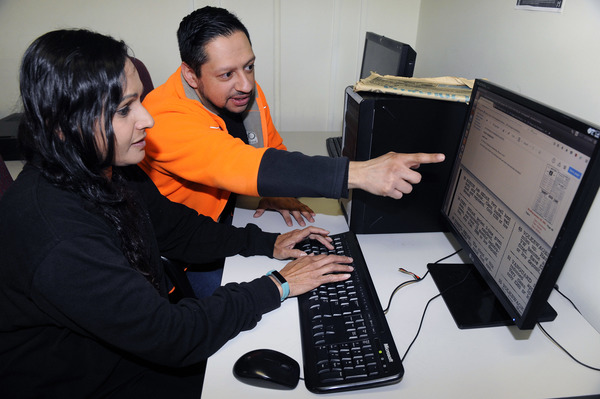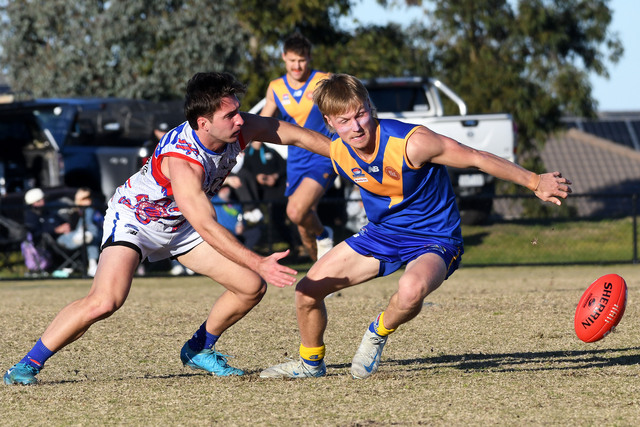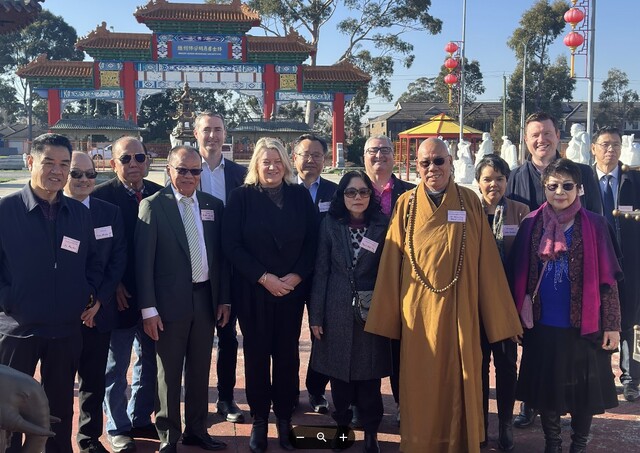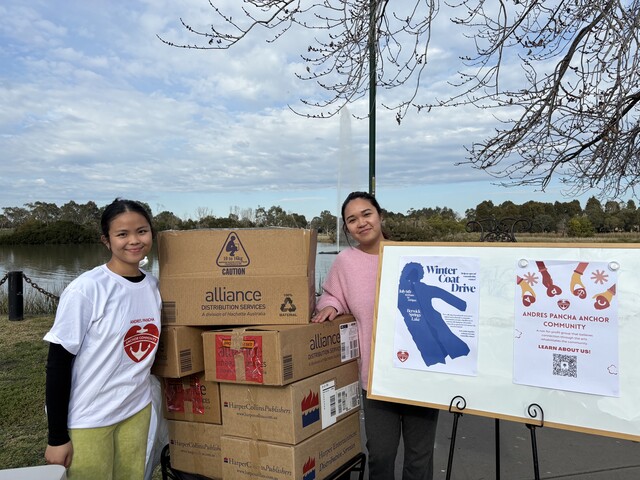
By Narelle Coulter
Work for the Dole participants are learning vital job skills while helping to preserve old editions of the Dandenong Journal.
Since the mid-2000s the massive project of digitising the Dandenong Journal has been underway.
The project was instigated by the Dandenong and District Historical Society, which has a large collection of Journals dating back to the 1800s.
Today the task is being managed by Avocare from its head office Dandenong South.
Each week up to 50 Work for the Dole participants methodically upload information to a specially designed Heritage Wiki.
The project is supervised by Cris Yanez.
“The Dandenong and District Historical Society were the drivers of this,” Mr Yanez said.
“They have the original Dandenong Journals dating way back – they’re all yellow, decaying and falling apart.
“That was where it came from to digitally preserve those newspapers.”
He said in the process of preserving the Journal, participants learnt skills such as typing, image manipulation, formatting and web layout.
“Image files are processed using the GIMP image editor to remove scanning artefacts and are then compressed as lossless as possible into PNG web ready image files,” he said.
The PNG image files are then uploaded into the Historical Heritage Wiki.
“The uploaded newspaper images are then transcribed to populate the newly created Wiki pages. The Wiki pages are finally formatted to make the pages web ready/presentable.
“Essentially, what we have is an online encyclopaedia of the Dandenong Journal separated by year, month and week.”
The years 1958 to 1961 are on the Wiki, which is currently accessible by the DDHS upon request.
With no end date, the project will hopefully continue until the entire Journal collection is online.
Avocare founder and managing director Trish Keilty said the Journal activity was popular with job seekers, many of whom went on to find positions in data entry, administration and within call centres.
“Not everyone wants to work in a warehouse or a kitchen,” she said.
“A lot of these participants are highly skilled overseas individuals that haven’t found work here.
“They could have a masters or a computer science degree, so the skills vary,” she said.
Ms Keilty said figures compiled by the Salvation Army put the return to work rate from the project at between 45 and 55 per cent.
Mr Yanez said progress had accelerated since the number of participants had expanded recently from 20 to 50.
“I’m putting up new editions almost every day now where as I used to do it once a week.”
Mr Yanez said participants enjoyed reading the stories in the old Journals, some discovering family connections.
“They often remark to me about stories they have read in there. I’ve even had participants read about family members, one came across their grandfather’s obituary, for example.”
Ms Keilty encouraged employers to look at the work being done at Avocare.
“I thank past participants for work they did and past supervisors and it’s a project that as long as Avocare is around we will be going forward with it,” Ms Keilty said.
“We’d like employers to come and see what we do and maybe take some of our participants.
“They are well trained, they are disciplined and they’ve got the right attitude.
“If we can get them back to work everyone wins,” Mr Yanez added.









